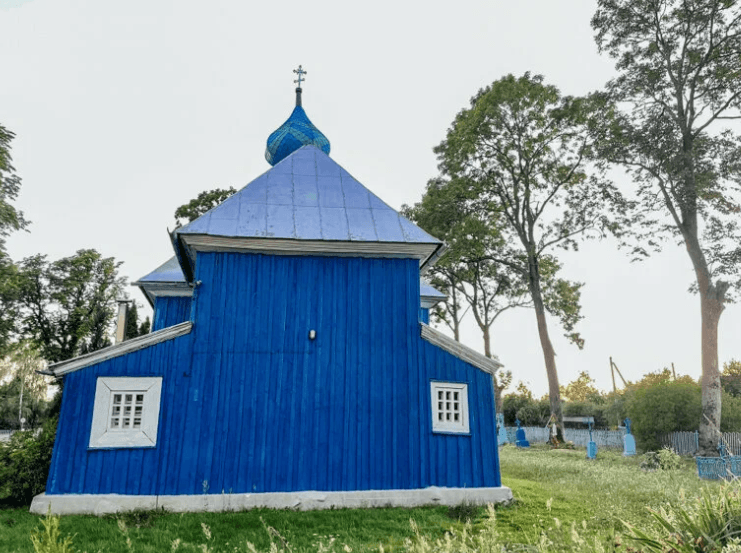Zbirogi. The Church of Paraskeva Pyatnitsa.
Church
Belarus, Brest region, Brest region, Zbirogi, Paraskeva Pyatnitsa Church
Description
The Church of Paraskeva Pyatnitsa in the village of Zbirogi, Brest region, was built in 1610, making it one of the oldest wooden churches in Belarus. It acquired its modern appearance thanks to the reconstruction carried out in the 18th century.
The use of wood as the main material, as well as the restrained appearance and architectural composition refer this temple to folk architecture. At the same time, the bulbous dome crowning the main volume of the building corresponds to the features of the retrospective Russian architectural style.
Categories
Historical
Architectural monument
Comments
Reviews to the Place
1Yaroslav Sg
27.03.2025
Zbirogi. Paraskeva Pyatnitsa Church
Since 1866, the temple has been under the jurisdiction of the Russian Orthodox Church, which has strengthened its position as an important religious site in the region. However, in 1920, due to historical events, the church was transferred to the Roman Catholic Church. In 1925, the building was renovated, which made it possible to preserve its architectural integrity. After the end of the Great Patriotic War, the church became Orthodox again and was dedicated to the Great Martyr Paraskeva, whose name means "Friday" (Pyatnitsa) in Greek. Throughout its history, the temple remained operational, was not subjected to fires or looting, and was repeatedly renovated. Among the preserved relics of the temple, several 18th-century icons of significant cultural value stand out.
Architecturally, the temple is designed as a three-frame structure, including an elongated rectangular main volume and a square altar part, complemented by low sacristy on the sides. In the western part of the building there is a vestibule with a choir above it, and at the entrance to the temple there is a vestibule. The main log house is covered with a three-pitched roof, completed with an end triangular ramp above the main facade and a faceted head in the area of the altar. The altar frame also has a three-pitched roof with a triangular ramp on the east side.
The walls of the temple are lined with vertically arranged hewn boards, complemented by narrow flat slats that cover the gaps between the boards. This type of decoration is a characteristic element of Belarusian temples and was designed to use freshly processed wood. Dried and aged wood was used in the decorative decoration of gables and doors. This method of using hewn wood to decorate temples later spread to Russian wooden structures due to the migration, including forced migration, of Belarusian craftsmen to Russia. However, in traditional Russian wooden churches, untreated round logs were more often used, without cladding.


